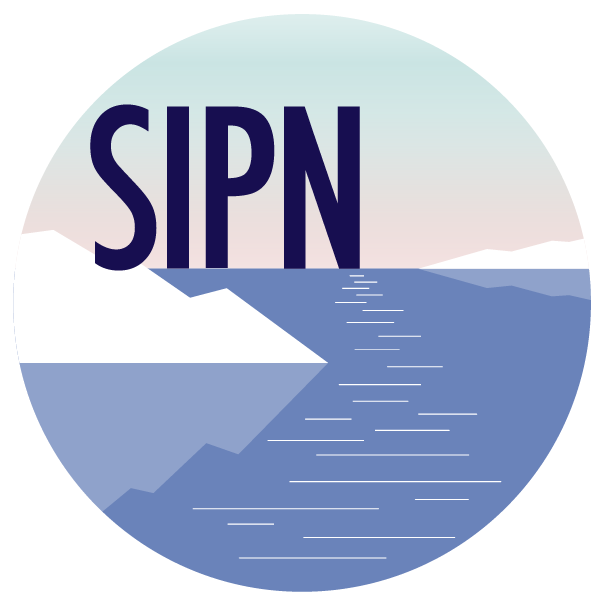This open webinar, hosted by the Sea Ice Prediction Network (SIPN), focused on post-season analysis and discussion of the 2014 Sea Ice Outlook (SIO). The SIO produces reports in June, July, and August that synthesize a variety of predictions and perspectives on the arctic sea ice minimum. The webinar provided a venue for discussion of the 2014 SIO, including processes that influenced sea ice melt this year and a review of the differing approaches to predicting the sea ice minimum extent.
Webinar Presenters:
Cecilia Bitz
University of Washington
Julienne Stroeve
National Snow and Ice Data Center (NSIDC)
Walt Meier
NASA - Goddard
Edward Blanchard-Wrigglesworth
University of Washingtion
François Massonnet
Université Catholique de Louvain, Brussels
Jonny Day
University of Reading, United Kingdom
Virginie Guemas
Institut Catala de Ciencies del Clima, Barcelona, Spain
David Schröder
University of Reading, United Kingdom
Questions for Participants
In preparation for the webinar, participants we encouraged to think about the following questions:
- How would you characterize the success of Sea Ice Outlook predictions this year, including relative strengths or weaknesses of different methodologies?
[Note: On 7 October 2014 NSIDC announced the Arctic sea ice extent averaged for the month of September 2014 was 5.28 million square kilometers (2.04 million square miles), also the 6th lowest in the satellite record. More information is available here.] - What do you see as the main factors driving this year’s minimum extent?
- If you were a SIO contributor, are there specific datasets or other information that would have been useful to have for your predictions?
- What would you like to see changed (or kept the same) about the SIO?
- What kind of post-season analyses or activities would you like to see?
- Where do we go from here as a sea ice prediction community?

